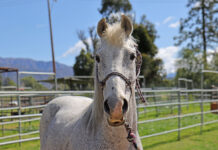Imagine finding yourself in some type of financial trouble to the point that you were considering relinquishing your horse because you feel that you are no longer able to afford his care, or your horse experiences a veterinary emergency that exceeds your allotted budget. The American Society for the Prevention of Cruelty to Animals (ASPCA) and its partners are seeking to provide help in exactly these situations through equine safety net programs.
Open Admissions Grant
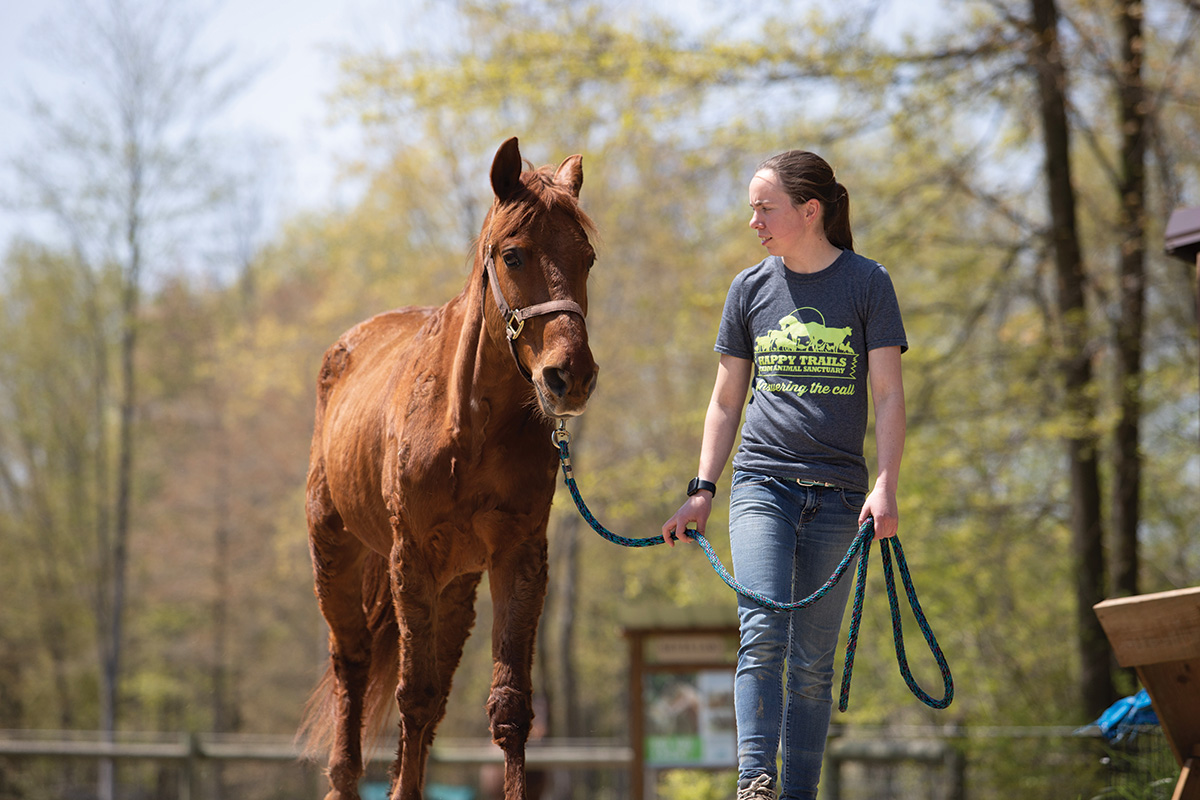
Jackson has been with the 22-year-old program for the last 10 years. During that time, she has witnessed a shift in referrals, thanks in large part to the grant, from law enforcement to owner relinquishment. This means horses are receiving early, proactive help, keeping them safe and healthy before they fall at further risk of becoming neglected.
“I think one of the unique things about us is that we were afforded the grant after we had become Partners of The ASPCA Right Horse program, and we latched on to the example they were setting,” Jackson says. “That’s when we went from a mission statement that only accepted law enforcement cases to modeling our organization to the examples and guidance they have given us.”
The grant further allowed the organization to promote the open admissions model.
“One of the things the grant did was provide funding for a staff member that could focus on our equine outreach and evaluation,” she says. “It also gave us a push and support to show us that we could do it.”
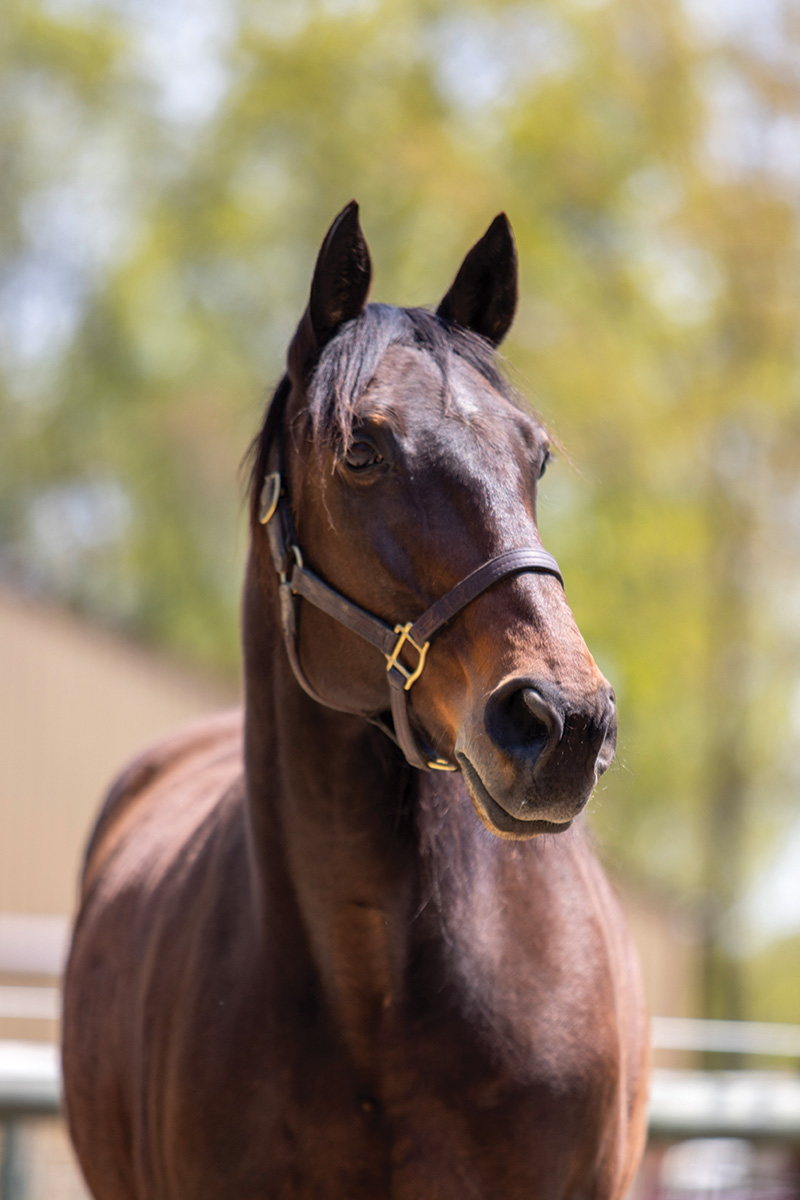
Jackson says that there are always going to be horses in need out there. “But they are out there whether or not they are on our waiting list.”
With the grant, she says, they are no longer afraid of the waiting list.
According to HTFAS Equine Placement Coordinator Audra Agnone, the grant has advanced the organization’s ability to bring horses in before they reach the point that they would be considered an equine cruelty case. For example, last year, with only a 12-stall barn, the organization was able to help 62 horses.
“You don’t need a 100-stall barn,” says Jackson. “There are other ways to help horses than to bring them in and take them into your charge.” She adds that the program has even been able to provide counseling for humane euthanasia when that was the best option for an individual horse.
It’s that welcoming and guiding approach that allows the organization to create a relationship that facilitates locating where the true problem stems from and then using that information to proactively help equines, whether that be by receiving veterinary care at home or going to Happy Trails for safe rehoming.
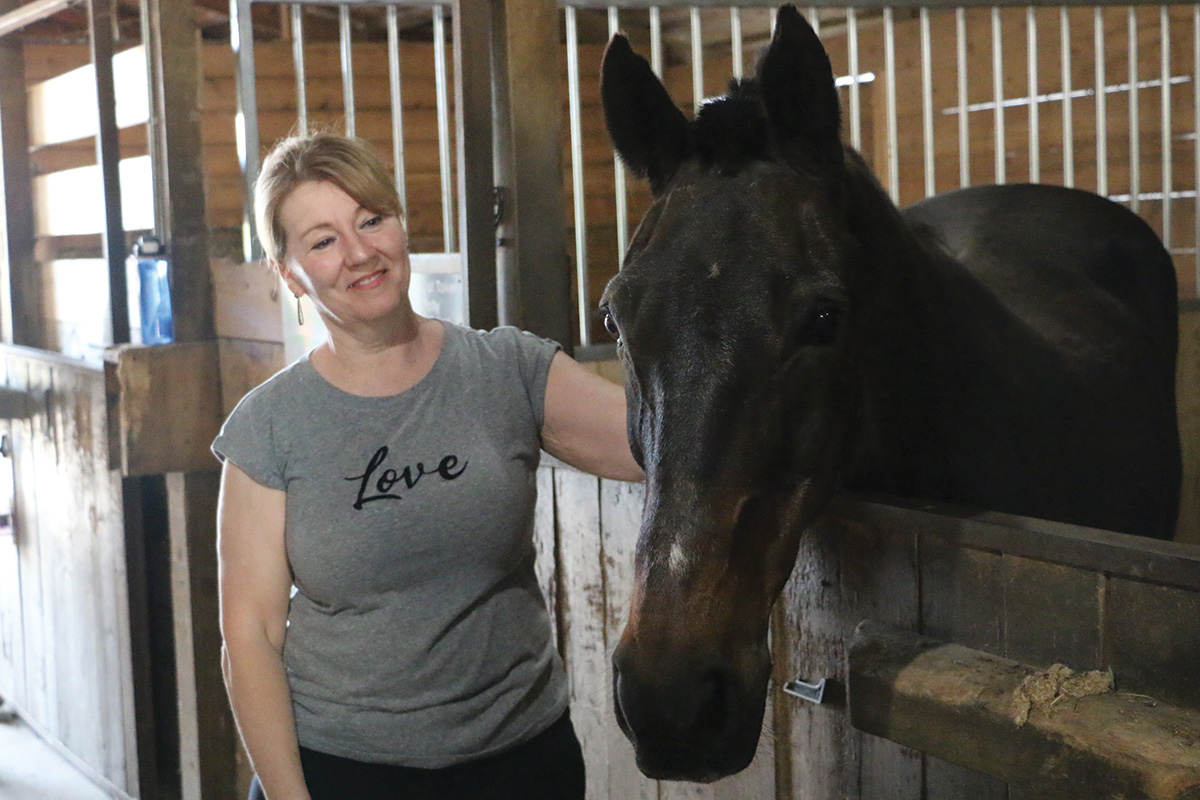
Vet Direct Safety Net
A second equine safety net program is known as Vet Direct Safety Net (VDSN). The essence of the program is groundbreaking in that it seeks to keep horses at home. In 2016 and 2017, the ASPCA completed surveys to determine why owned horses were being surrendered and/or sent to auction.
“They found out that many horses had an immediate welfare need at the same time the owner had some kind of financial emergency,” says Sarah Coleman, VDSN administrator. “These horses are loved, but the owners knew they couldn’t provide the medical care needed, so they opted to send the horse to an auction or rescue in hopes that someone would be able to afford to address the issue.”
The potential success of this program was evident from the beginning.
“It worked so well that when the ASPCA piloted it in 2020, they gave the program over to the Foundation for the Horse [the charitable arm of the American Association of Equine Practitioners] to administer,” says Coleman.
Upon this discovery, the ASPCA went back and asked the owners if they had a grant of funds that addressed their equine’s emergent need, would they have kept the horse? The overwhelming response was yes.
How It Works
Detecting this led to the development of VDSN. Coleman explains that when the program shifted to the Foundation, the ASPCA provided a $50,000 grant with the reins of the program to keep it funded and moving forward.
The funding is used to provide one-time financial assistance of up to $600 per horse to care for an immediate welfare need for an owner who is struggling financially. Proof of need is not required.
Funds are dedicated for immediate, practical welfare needs where if the horse is not assisted, his health and wellbeing will suffer. Coleman lists examples of permissible expenses as choke, stitches, staples, non-surgical colic, and even humane euthanasia when that is the best option.
Veterinarians involved with the program have the autonomy to identify at-risk equines in need of services, and reimbursement is free of red tape. Many participating veterinarians share that they want to help all equines and owners, and this allows them to do good work for vulnerable horses in their community—work that they might have been doing unpaid previously. VDSN provides a sustainable way to help.
So far, 169 solo practitioners are enrolled in the program, which also boasts 106 enrolled veterinary practices.
“These are multi-doctor practices,” Coleman says. Every practice with one enrolled veterinarian qualifies to take part in the program. So far, 156 horses have been helped, with 23 necessitating humane euthanasia.
Spreading the Word
Enrolling in the program is a simple process that is open to any AAEP member veterinarian. Veterinarians interested in taking part should first contact the Foundation for the Horse at SueStivers@aaep.org. Next, two forms will need to be completed, along with a 20-minute telephone onboarding completed by Coleman.
Enrolled veterinarians are immediately eligible to use funds for clients they feel fit the program. If it was not a euthanasia case, someone from the ASPCA will contact the owner within a few months of the equine’s emergency to see if they still own the horse.
“Those numbers, so far, have been overwhelmingly positive,” Coleman says. “A one-time financial gift allows horse owners to keep owned horses in their homes, which frees up shelter and rescue space to care for those horses who are truly in need.”
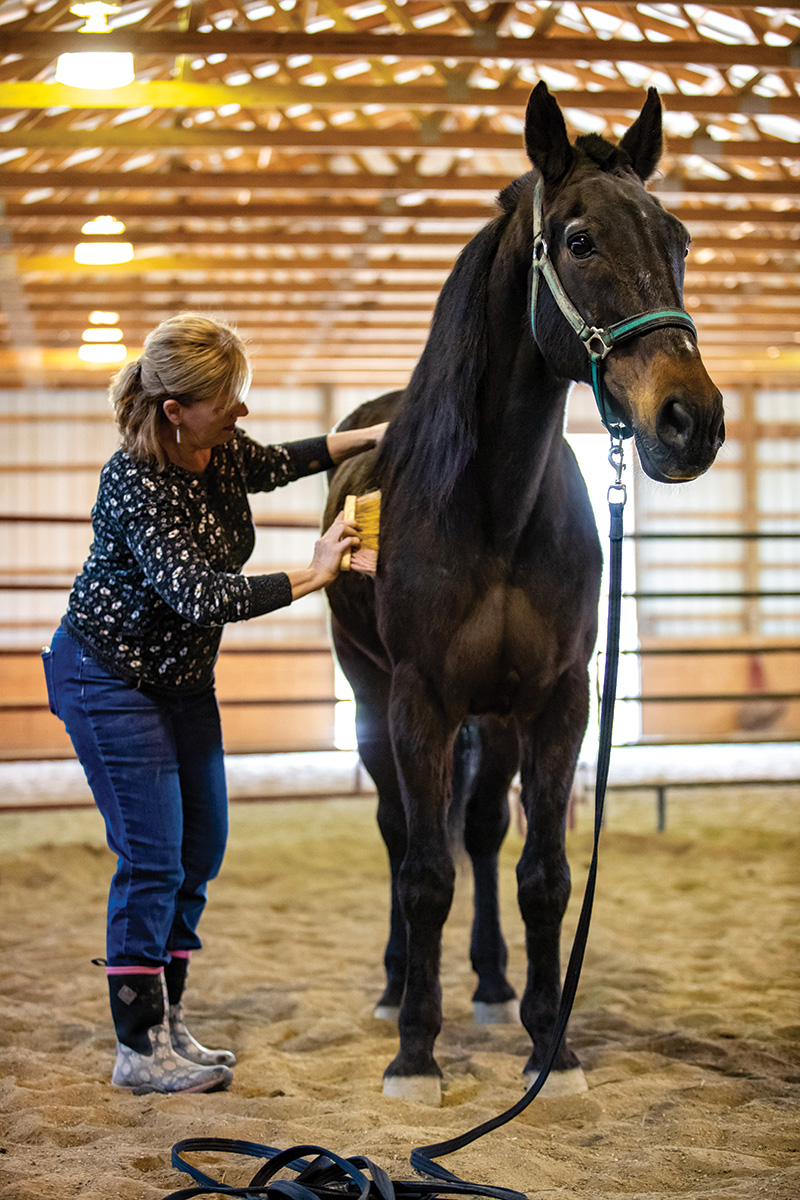
Christie Schulte Kappert, senior director of ASPCA Equine Welfare, recommends making your veterinarian aware of the VDSN program and asking them about their willingness to participate.
“We’re trying to create a large network of veterinarians out there that can do good and get paid for their work,” she says.
What Are Open Admissions?“In its purest sense, open admissions means that a shelter will accept any animal, at any time, in any condition, no questions asked,” says Christie Schulte Kappert, senior director of ASPCA Equine Welfare. “Managed or limited admissions means that there is either some kind of criteria for the number of animals or the type of animals based on available facilities, care staff, or training resources.” To meet the disparity between supply and demand, the ASPCA is seeking to increase the capacity of shelters toward open admission so that more horses can be helped. Owners seeking aid should first visit the United Horse Coalition’s equine resource database at UnitedHorseCoalition.org. The database allows a narrowing down of search criteria by need and location. “We encourage owners to start seeking support early because they may not be able to relinquish their horse right away,” says Schulte Kappert. “There are often other ways to help the horses in their homes.” |
This article about equine safety net programs appeared in the November/December 2023 issue of Horse Illustrated magazine. Click here to subscribe!



